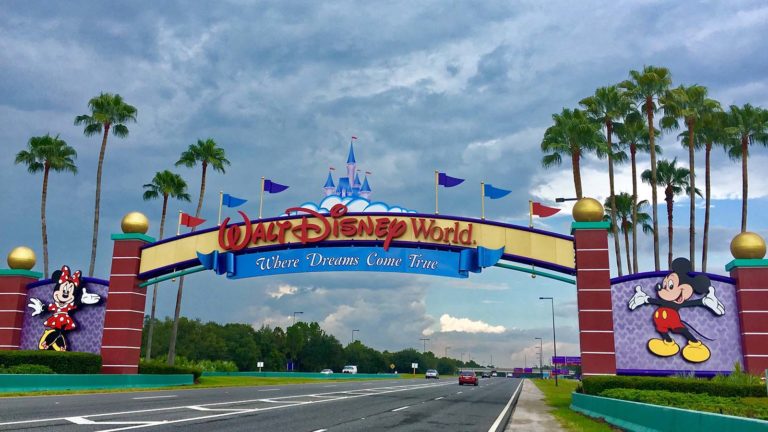There aren’t many companies that get as much attention as Walt Disney (NYSE:DIS). The iconic business is loved and supported by millions of Americans. However, because DIS stock trades at its lowest level since June 2014, the attention it’s getting in 2023 isn’t the kind CEO Bob Iger wanted for his return engagement in the top job.
I’m conflicted about Disney. It’s got so many great brands, it’s hard to fathom how the business got into as much trouble as it faces now.
In October, I pondered whether shareholders should keep or sell their Disney stock. While I didn’t come right out and say they should keep their stock, I did say if they’d bought their stock in 2021 when it traded near $200, there’s no point in selling now.
While Iger can fix what ails Disney, I don’t believe the board should ever have considered bringing him back. As the saying goes, “you can never go back.”
The board should have dismissed Bob Chapek if they were unhappy with his performance and hired someone younger with experience from outside the company.
Bringing back Iger is like trying to put the genie back in the bottle. It’s just not possible.
Here’s why I’d consider selling DIS stock.
What If Streaming Never Makes Money?
Netflix (NASDAQ:NFLX) is both a blessing and a curse to media executives everywhere.
On the one hand, Reed Hastings and Ted Sarandos did such a good job making the streaming business appear attractive that it sucked in a bunch of supposedly intelligent individuals like Bob Iger into losing money hand over fist with no relief in sight for many years.
On the other hand, they did such a good job building Netflix that everybody thought they could, especially a media icon like Disney.
Not so fast.
Netflix had a tremendous head start on everyone else. It launched video streaming in January 2007. In August 2017, Disney announced it would create its own direct-to-consumer streaming service by 2019. As part of that decision, it pulled all its movies from Netflix.
By then, Netflix had been streaming for nearly 11 years, a lifetime in the entertainment industry. Yet analysts were touting Disney+ would be bigger than Netflix and a boon for DIS stock.
“Our confidence in the resilient success of Disney+ comes from the company’s unmatched brand recognition, extensive premium content, and unparalleled ecosystem to market the service,” JPMorgan analyst Alexia Quadrani wrote in March 2019.
Even the analysts were upselling Disney’s fantastic brand and down-selling Netflix’s decade-long head start.
The beauty of Netflix’s position was it got to sit back and see where the world was headed from a cord-cutting perspective while continuing to generate significant profits, something its competitors couldn’t do.
Which is why it’s doing so well with its ad-supported plan, which the company said on Nov. 1 passed 15 million subscribers, three times what they were at the beginning of the summer. Add in its crackdown on password sharing, and it’s more profitable than ever.
What if Netflix is the only streamer to make money over the next decade? Preposterous? Maybe, but it’s a question Disney’s board should have pondered before launching Disney+.
Who knows? Maybe they did.
Content Costs and DIS stock
How many billions has Disney spent on Pixar, Marvel, and Lucasfilm? How many more for 21st Century Fox?
Disney paid $7.4 billion for Pixar in 2006, $4 billion for Marvel in 2009, and Lucasfilm for $4.1 billion in 2012. In 2019, it paid $71 billion in cash and stock for 21st Century Fox and assumed $13 billion in debt. In total, it spent just under $100 billion on these assets.
Netflix had an approximate enterprise value of $54 billion in 2016 before Disney announced its DTC ambitions. Disney’s was $181 billion. It could have, and many would say, should have done the deal, getting Hastings to run the entire merged entity.
Hindsight is 20/20, I realize, but “a bird in the hand, is worth two in the bush.” Today, NFLX has an enterprise value of $197 billion, a few billion higher than Disney.
Oh, what could have been.
For Disney to get back to its 2020 valuation nearing $400 billion, a whole lot has to go right in the next 12-24 months. For regular investors, there are better ways to spend your time and money.
On the date of publication, Will Ashworth did not have (either directly or indirectly) any positions in the securities mentioned in this article. The opinions expressed in this article are those of the writer, subject to the InvestorPlace.com Publishing Guidelines.

